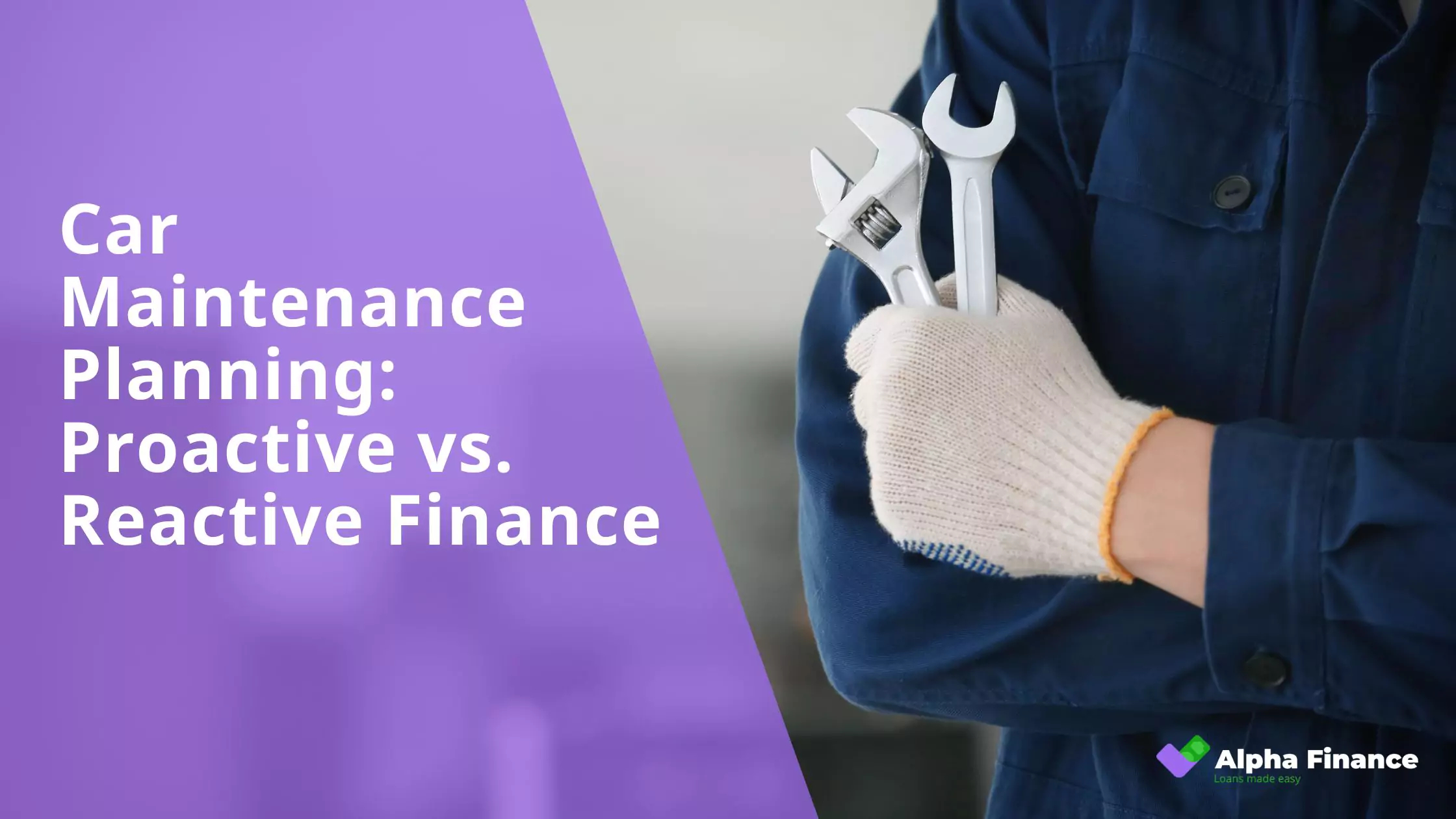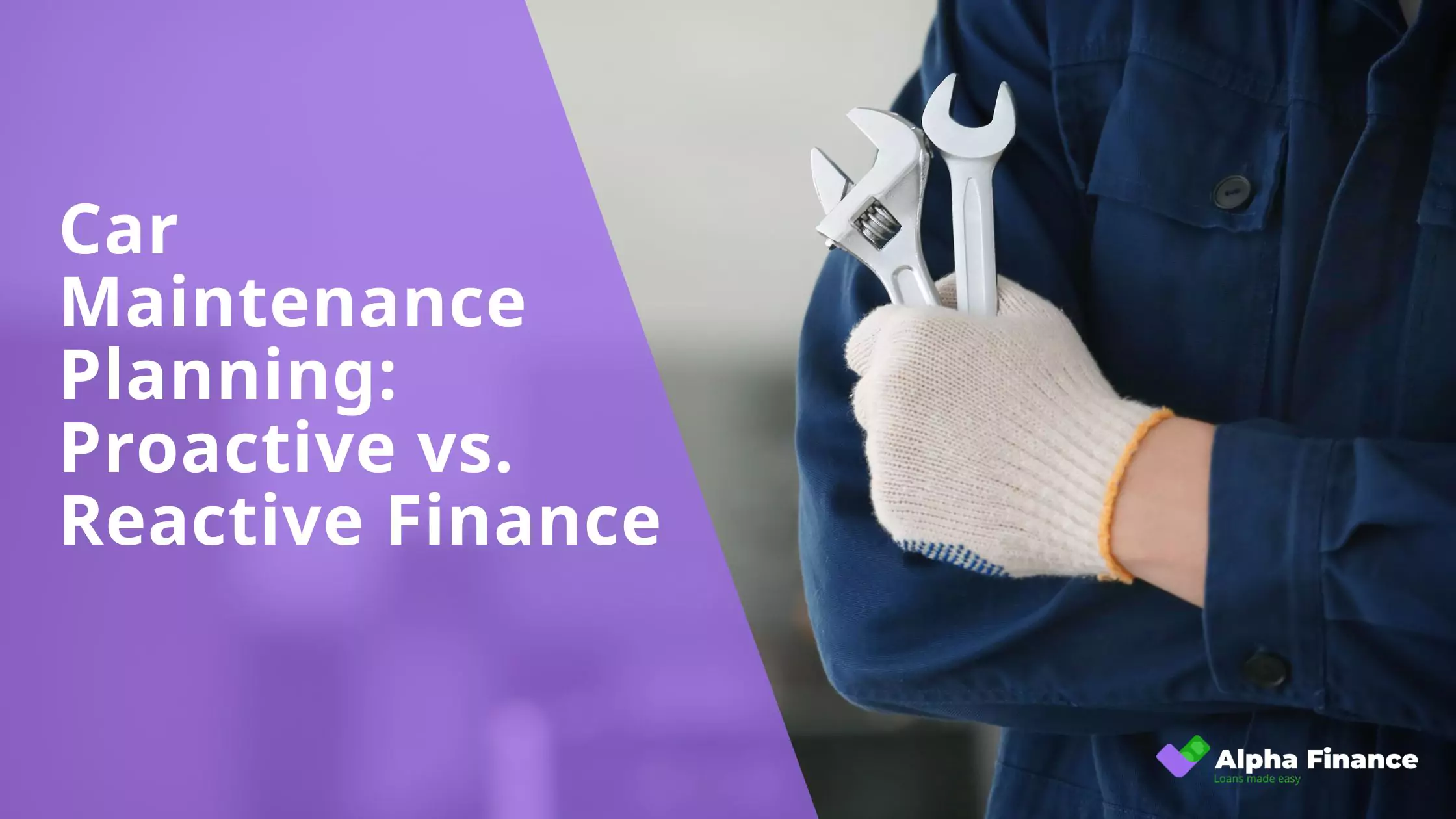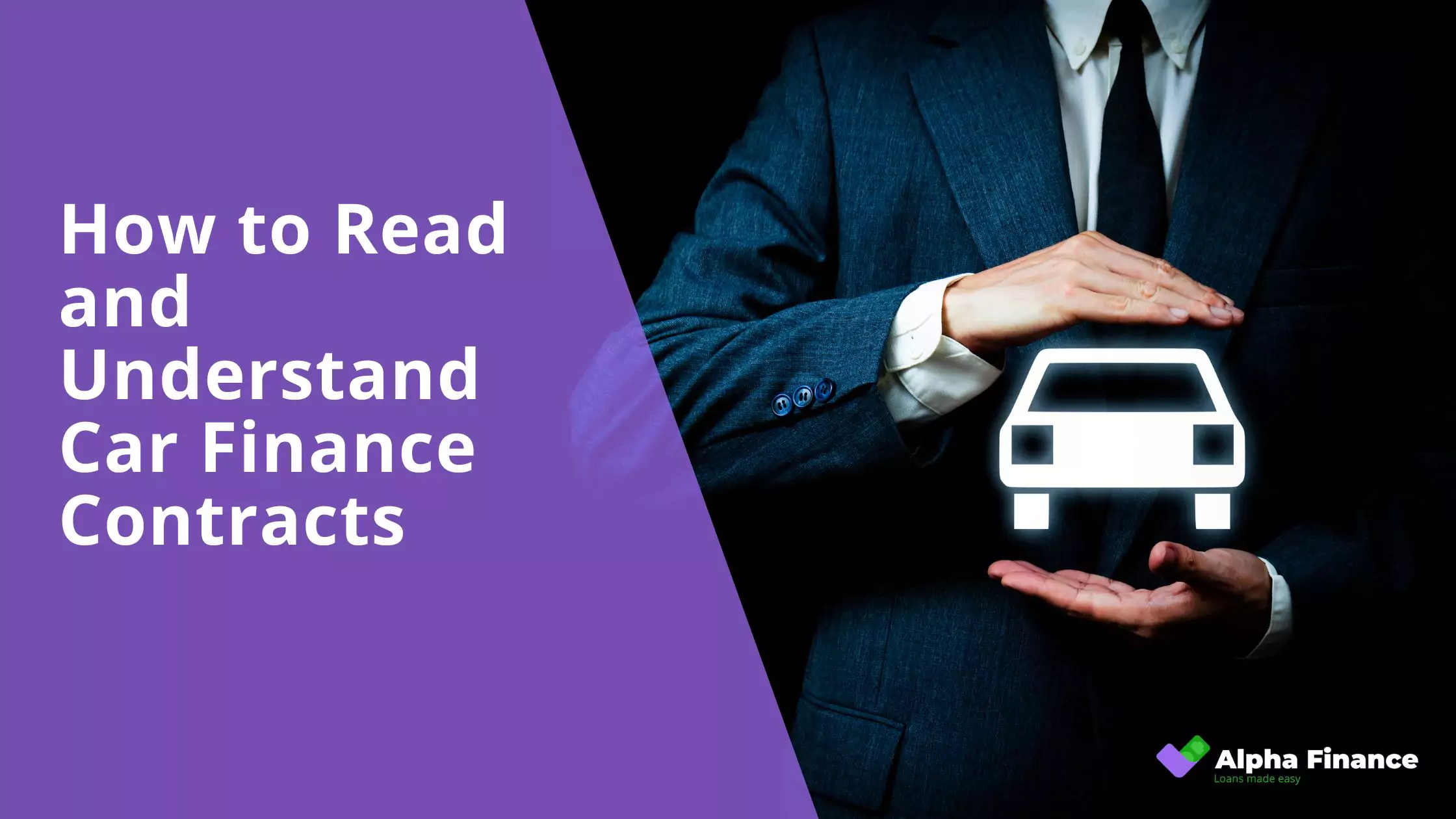The thrill of purchasing a new car is undeniable, but it’s easy to get fixated on that initial advertised monthly repayment figure. This guide aims to delve deeper, peeling back the layers to reveal the often-overlooked elements that significantly contribute to the overall cost of a car loan in Australia. Understanding these crucial factors will empower you to make smarter financial decisions and ensure your dream car doesn’t come with an unexpected financial burden.
1. The Obvious: Interest Rates and Their Impact
Interest rates are the cost you pay for borrowing money, and they directly and substantially influence both your monthly car loan repayments and the total amount of interest you’ll pay over the entire loan term. Think of it as the lender’s fee for providing you with the funds to purchase your vehicle. The higher the interest rate, the more you’ll pay in interest over the life of the loan, and generally, the higher your monthly repayments will be (unless the loan term is significantly extended).
In Australia, you’ll typically encounter two main types of interest rates for car loans:
- Fixed Interest Rates: These rates remain constant for the entire duration of your loan.
- Pros: Predictable monthly repayments make budgeting easier and protect you from potential interest rate increases.
- Cons: You won’t benefit if interest rates fall, and fixed-rate loans may sometimes have slightly higher initial rates compared to variable options. They might also come with higher early repayment penalties.
- Variable Interest Rates: These rates fluctuate over the loan term, usually in line with changes in the Reserve Bank of Australia’s (RBA) cash rate and other market factors.
- Pros: You could benefit from lower repayments if interest rates fall.
- Cons: Your repayments could increase if interest rates rise, making budgeting more challenging.
It’s absolutely vital to compare interest rates from a variety of lenders, including traditional banks, credit unions (often known for competitive rates), online lenders (which may have lower overheads), and even the financing offered by car dealerships. Don’t just accept the first rate you’re offered – a little shopping around can potentially save you a significant amount of money in interest over the life of your car loan.
2. The (Not So) Obvious: Loan Terms and Total Interest
While a longer loan term might seem appealing because it results in lower monthly car loan repayments, this convenience comes at a significant long-term cost: a substantial increase in the total amount of interest you’ll pay over the life of the loan. By stretching out your repayments over more years, you’re essentially paying interest for a longer period, even if the interest rate itself remains the same.
Let’s illustrate this with a clear example using Australian dollar figures:
Imagine you’re borrowing $30,000 for a car at an interest rate of 7% per annum:
- Loan Term of 5 years (60 months): Your estimated monthly repayment would be around $594, and the total interest you’d pay over the five years would be approximately $5,640.
- Loan Term of 7 years (84 months): Your estimated monthly repayment would decrease to around $448, but the total interest you’d pay over the seven years would balloon to approximately $7,632.
In this scenario, by opting for the longer 7-year loan term to achieve a lower monthly payment, you end up paying nearly $2,000 more in interest over the life of the loan. Therefore, it’s generally advisable to choose the shortest affordable loan term that fits comfortably within your budget to minimise the overall interest costs associated with your car loan.
3. Unveiling the Fees and Charges:
Beyond the interest rate, a variety of fees and charges associated with car loans in Australia can significantly inflate the overall cost. These seemingly smaller amounts can add up over the life of the loan, so it’s crucial to be aware of them:
- Establishment/Application Fees: This is a one-off charge levied by the lender to cover the costs of processing your loan application and setting up the loan account. The amount can vary between lenders.
- Monthly Account-Keeping Fees: Some lenders charge a regular fee, usually monthly, for managing your loan account. While they might seem small individually, these fees can accumulate to a substantial sum over the loan term.
- PPSR (Personal Property Securities Register) Fee: This is a relatively small fee charged to register the lender’s interest in your vehicle on the Personal Property Securities Register. This protects the lender’s security over the car until the loan is fully repaid.
- Statement Fees: Some lenders might charge you a fee for receiving paper or even electronic loan statements beyond a certain frequency.
- Late Payment Fees: If you miss a loan repayment or make it late, you’ll likely incur a penalty fee. These fees can be quite significant and should be avoided by ensuring timely payments.
- Early Repayment Fees: While less common now due to regulatory changes, some car loans, particularly fixed-rate ones, might still have fees associated with paying off the loan in full before the agreed term. Lenders impose these to recoup some of the interest they would have earned.
- Redraw Fees: If your car loan happens to have a redraw facility (which is less common for car loans compared to home loans), the lender might charge a fee each time you access any extra payments you’ve made.
It cannot be stressed enough: understand all applicable fees before you sign the car loan agreement. Don’t hesitate to ask the lender for a complete breakdown of all charges involved so you can factor them into your overall cost assessment.
4. The Power of the Comparison Rate:
For Australian borrowers navigating the complexities of car loans, the comparison rate is an invaluable tool. It’s designed to provide a more transparent and accurate understanding of the true cost of borrowing.
- What it Is: The comparison rate takes the advertised interest rate and combines it with most of the common fees and charges associated with the loan into a single annualised percentage figure. This includes fees like establishment fees, application fees, and ongoing service fees.
- Why It’s Crucial: The advertised interest rate alone can sometimes be misleading, as it doesn’t account for the various fees that can add to the overall expense of the loan. The comparison rate levels the playing field, allowing you to see the actual cost of the loan on a standardised basis.
- Your Key Comparison Tool: Always make it a point to compare car loans using the comparison rate rather than just the advertised interest rate. This will give you a much more accurate “apples for apples” assessment of which loan is truly the most cost-effective over the long term. A loan with a slightly higher advertised interest rate but significantly lower fees might actually have a lower comparison rate, making it the cheaper option overall.
5. Beyond the Loan: The True Cost of Car Ownership
When you’re taking out a car loan, it’s easy to focus solely on the financing itself. However, there are other significant expenses directly linked to purchasing a car that you need to factor into your overall financial planning:
- Stamp Duty: This is a state government tax levied on the purchase price of your vehicle. The amount varies depending on the state or territory and the value of the car. It’s usually an upfront cost that needs to be paid when you register the vehicle.
- Registration Fees: These are the annual costs you pay to legally drive your vehicle on Australian roads. The amount varies depending on the state or territory and factors like the vehicle’s weight and engine size.
- Compulsory Third Party (CTP) Insurance: This is mandatory in Australia and is usually included as part of your registration costs. CTP insurance covers liability for injuries caused to other people in a motor vehicle accident.
- Comprehensive Car Insurance: While not legally mandatory, lenders often require you to have comprehensive car insurance if you’re financing the vehicle with a secured car loan. Even if it’s not a requirement, it’s essential for protecting your investment against damage, theft, and other risks. The premiums can vary significantly based on your driving history, the car’s make and model, and your chosen level of cover.
It’s crucial to remember that these upfront and ongoing costs are directly tied to owning a car and should be carefully factored into your overall budget alongside your car loan repayments.
6. The Impact of Add-Ons and Upsells:
At the dealership, you might encounter pressure to purchase various add-on products and services, such as extended warranties, paint protection, fabric protection, and window tinting. While some of these might offer genuine value, be cautious about feeling pressured into financing them directly into your car loan.
- Increased Total Cost and Interest: When you finance these extras, their cost is added to your loan principal. This means you’ll not only pay interest on the add-on itself but also increase the overall amount you’re borrowing, leading to higher total interest paid over the life of the car loan.
- Careful Consideration and Comparison: Take your time to carefully consider whether you truly need these add-ons. Research their value and compare prices from independent providers. You might find that you can obtain similar or better products and services for a lower price outside of the dealership. Don’t feel obligated to include them in your car finance just for convenience.
7. The Hidden Cost of a Balloon Payment (if applicable):
Some car loans might offer the option of a balloon payment, which is a large lump sum that becomes due at the very end of the loan term.
- Lower Monthly Payments, Deferred Cost: The main appeal of a balloon payment is that it can significantly lower your regular monthly repayments during the loan term. However, this comes with the trade-off of a substantial amount owing at the end.
- Requires Careful Financial Planning: It’s crucial to have a clear plan for how you will manage this balloon payment when it becomes due. Will you have enough savings? Will you need to refinance the remaining amount, potentially incurring further interest and fees? Failing to plan adequately for the balloon payment can lead to financial stress and the risk of having to sell your car to cover the debt. Be sure you fully understand the implications of a balloon payment before opting for this type of car finance.
Conclusion
Remember, that enticing monthly repayment figure is just one piece of the puzzle when it comes to car finance. To truly understand the financial commitment you’re making in Australia, it’s essential to look beyond the surface and carefully consider all the factors we’ve discussed – from interest rates and loan terms to fees, insurance, and the broader costs of car ownership. Don’t hesitate to do your research, compare your options from various lenders, and ask plenty of questions to ensure you’re making an informed and financially sound decision that aligns with your needs and budget.
Competitive Rates on Australian Car Loans
Ready to get behind the wheel of your new car? Securing competitive car finance is a key step in making that happen without unnecessary financial strain. Alpha Finance offers a range of tailored car loan solutions with competitive rates across Australia. Whether you’re feeling empowered by your newfound knowledge of the true cost of borrowing or you’re looking for expert guidance to navigate the complexities of car finance, Alpha Finance is here to help you find a loan that fits your budget and gets you on the road with confidence. Explore your car finance possibilities and take control of your car buying journey – learn more at Alpha Finance.




